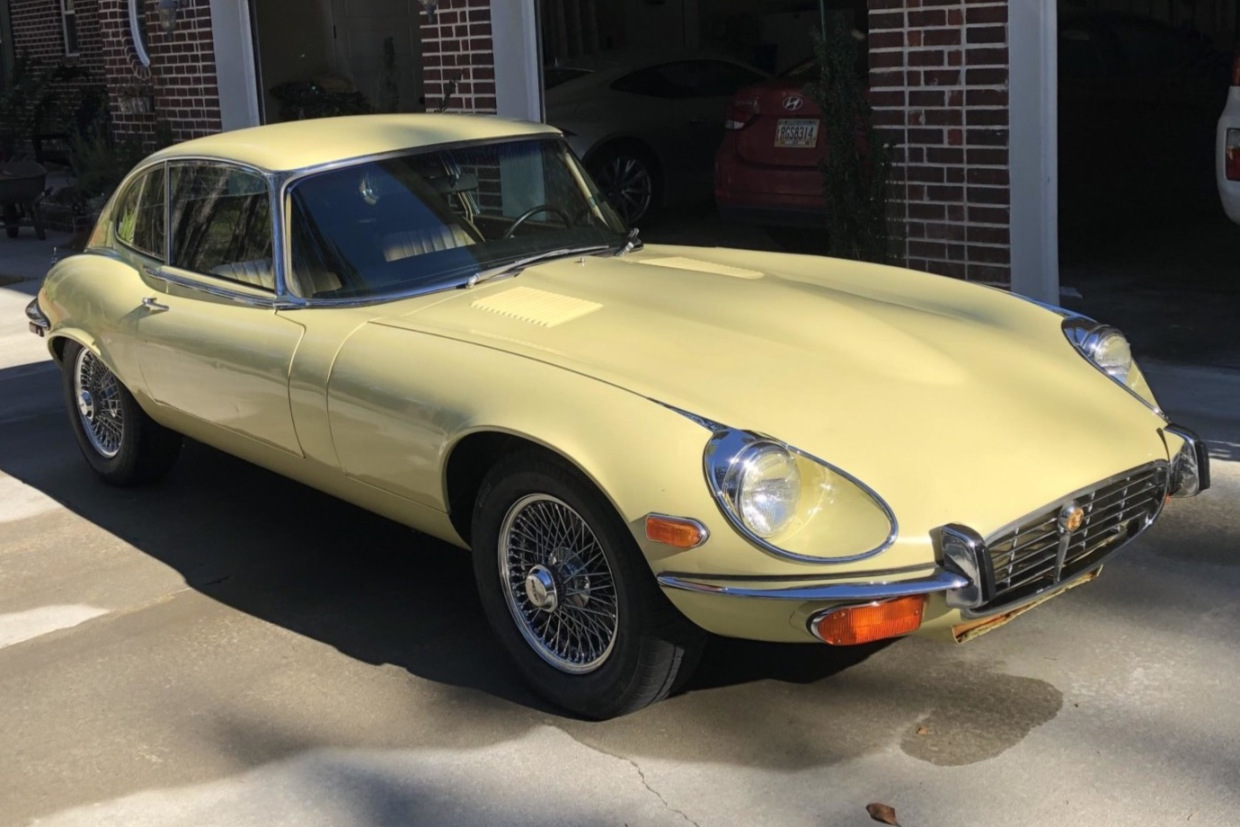
There is an unexpected silver lining in what the COVID-19 virus has done to the collector car world. As nearly all transactions have moved online, buyers now demand an unprecedented amount of information about cars they are interested in. The days of wandering into an auction, looking over a car, reading the scant details on the car card and then deciding whether or not to raise your paddle are gone. And good riddance.
This desire for documentation had its start with CarFax in 1984. Ewin H. Barnett III started with 10,000 vehicle records. Within nine years, he was receiving records from all 50 states.
As of 1981, the U.S. Department of Treansportation had required all VINs be standardized at 17 digits. So for cars manufactured in 1980 and earlier CarFax was no help.
In the ensuing four decades millions of cars have been sold and tracked by CarFax in one form or another. When I bought recently my 2004 Mercedes SL 55 AMG I gratefully paid $39.99 for a single CarFax report that gave me the number of previous owners of my car and revealed that it had not been in any reportable accidents.
If you are buying a post-1981 car today, you are crazy not to have a CarFax in your possession – something that wasn’t there when we were traipsing from auction to auction in the 1970s. But what about cars built before then, where there is no CarFax?
Bring a Trailer has set the new standard. Buyers now demand literally hundreds of photos, videos of a cold start and driving, and often paint meter and compression readings for a car listed for sale. Then you add in the trolls, who are ready to point out any imperfection in the photos, as well as any inaccuracies in the seller’s description.
In real estate we have Zillow and Redfin; similar comparative information systems will emerge with cars both classic and used late model.
When I bought my 1971 S3 Jaguar in February on BaT, I did little research on my own. It’s not a marque and model I am fluent in – or that I actually have much interest in except for this particular car for my particular needs.
The car seemed solid from the description and photos, so I put my feet up and let the comments section go to work. It’s like dumping a bleeding cow into a river full of piranhas and watching them pick the carcass clean. But the seller answered each question quickly and fully. I learned about the propensity of the stock ignition systems to fail, and what to look for with the four Stromberg carburetors.
While the seller did not claim the 23,000 miles were original, by cross-referencing the SCM Platinum database I found a listing for the same car from a 2001 Kruse/eBay auction that confirmed the miles. When the car arrived, it was exactly as represented – something that rarely happened in my pre-COVID buying days.
When the virus goes away, buyers will not go back to their old “whatever” ways. Without seeing a car in person, or even having someone examine it for, you, it is now possible to buy a car, online, with more assurances than ever. If you’re a seller, it simply means you are going to have to work harder to get the money you are looking for.
These developments bode well for the continued increase in buying and sell of cars online.



Another benefit to the on-line autcions is that you aren’t rushed into a decision. the gavel doesn’t drop in two minutes!
While there are troll commenters on BaT, as everywhere, I don’t think that description applies to those who ask for cold start and driving videos, paint meter and compression readings, and point out imperfections in the photos and inaccuracies in the seller’s description.
Trolls don’t add value, but the people who do these things do, and you clearly benefited from it. Enjoy that lovely Jaguar!